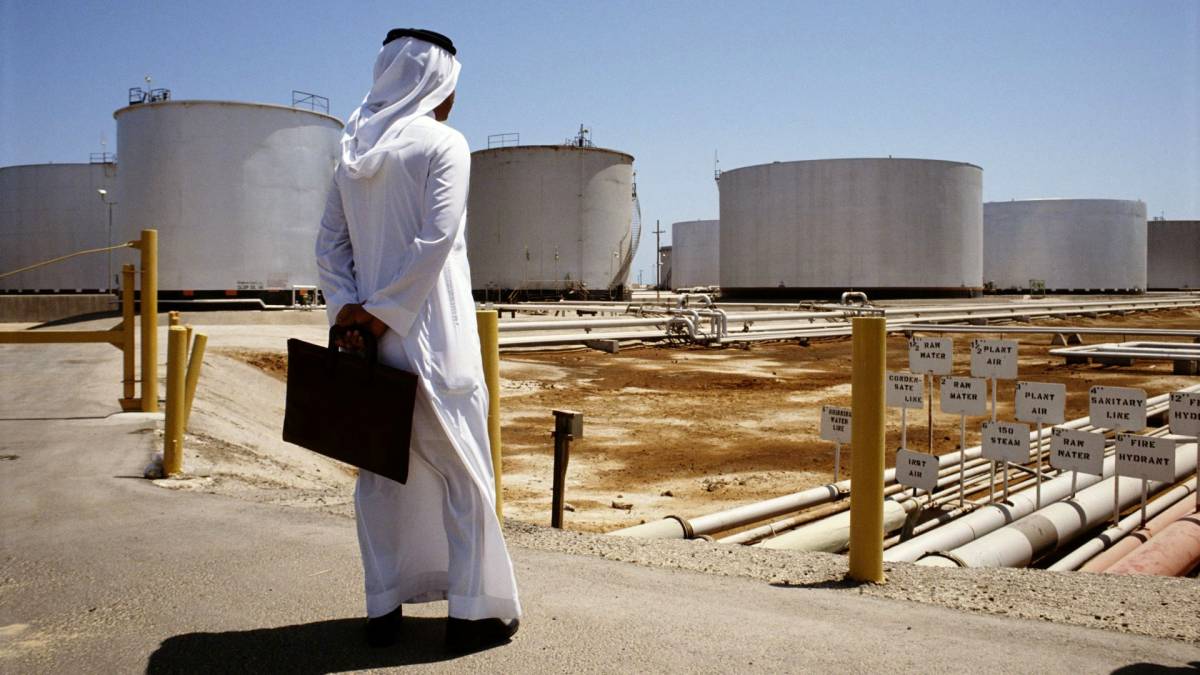825 Views
From Oil Giant to Energy Innovator: How Saudi Arabia’s Eastern Pivot Is Redrawing the Global Power Map
Saudi Arabia’s dramatic transformation in foreign and economic policy has turned the kingdom from a single-resource, West-dependent player into an emerging power with a multipolar outlook. At the heart of this metamorphosis lies “Vision 2030” — an ambitious blueprint designed to diversify revenues, reduce reliance on oil, and invest heavily in new economic sectors, thereby redrawing the kingdom’s power map for the 21st century.
At the core of this vision is an “energy pivot to the East,” which has not only reshaped the dynamics of the global energy market but also posed a serious challenge to Western hegemony in Eurasia.
Diversification and Reduced Oil Dependence
Decades of near-total reliance on “black gold” made Saudi Arabia’s economy highly vulnerable to oil price fluctuations. However, 2024 data revealed a paradigm shift: for the first time, nearly 40% of government revenues came from non-oil sources, largely through value-added tax. This milestone marks a crucial step toward realizing Vision 2030’s goal of building a resilient and sustainable economy.
Riyadh has recognized that ensuring long-term financial stability requires breaking free from dependence on a single commodity and creating multiple engines of growth. This strategy not only strengthens domestic financial security but also allows Saudi Arabia to pursue more independent policies on the international stage.
Green Ambitions and Renewable Energy Investments
Alongside diversification, Saudi Arabia has launched massive renewable energy projects as part of its green ambition to reduce “oil addiction” and become a major player in the clean energy market. Projects such as the 2.6 GW solar power plant in Neom and the 400 MW Dumat al-Jandal wind farm showcase Riyadh’s commitment to this transformation.
These projects are not limited to domestic needs. Saudi Arabia aims to become a leading exporter of clean energy, pursuing two key objectives: first, to reduce reliance on hydrocarbons; and second, to maintain its status as an energy power in a world shifting toward cleaner sources.
The Energy Pivot Eastward and Declining Western Share
In the past, the West — especially the United States — was Saudi Arabia’s main oil customer. But by 2025, the numbers tell a different story. In the first five months of 2025, China accounted for 24.3% of Saudi oil exports, while the U.S. share fell to just 3.3% and the EU’s to 0.2%. These figures highlight a clear “energy pivot to the East.”
Saudi Arabia has understood that the center of energy demand is moving eastward, especially toward China and India. This shift not only carries economic consequences but also enables Riyadh to reduce excessive dependence on the West and build stronger ties with emerging Eastern powers. The result: a powerful tool to expand Saudi influence while diminishing Western leverage.
Strategic Long-Term Agreements
The kingdom’s eastward strategy extends beyond oil sales to include long-term strategic partnerships. A prime example is Aramco’s deal with China’s Rongsheng Petrochemical: a $3.6 billion purchase of a 10% stake in Rongsheng, alongside a 20-year supply agreement of 480,000 barrels per day.
Such deals go beyond trade; they build a web of mutual interests that deepen interdependence between Riyadh and its Asian partners. This model not only secures demand for Saudi oil but also creates opportunities for joint investment in refining, petrochemicals, and other sectors.
The Hydrogen Economy Frontier
Saudi Arabia is also moving into hydrogen, aiming to secure a foothold in the emerging clean fuel market. Through agreements with Japan and South Korea for exports of blue and green ammonia, Riyadh is positioning itself at the forefront of this future energy sector.
With abundant solar and gas resources, Saudi Arabia holds a significant competitive advantage in hydrogen production. This forward-looking strategy ensures that the kingdom remains an energy power even in a post-oil world.
Redrawing the Map of Power in Eurasia
The fusion of “black gold” and “green ambition” has made Saudi Arabia a direct challenger to Western dominance in energy markets. By planning to capture over 40% of renewable energy growth in West Asia by 2030, the kingdom is building a hybrid power base — rooted in oil exports to the East and vast clean energy investments.
This allows Riyadh to wield greater political and economic leverage internationally. Consequently, Eurasia’s power map is being rewritten: Saudi Arabia, through strategic partnerships with Eastern powers, is no longer just a crude oil supplier but a central player in global energy security and geo-economic transformations. The message to the West is clear: the era of total reliance on West Asia is over, and adjustment to a new world order is inevitable.
Conclusion
On the path of Vision 2030, Saudi Arabia is both preserving its oil-based role and simultaneously charting a green, sustainable future through renewables and hydrogen. By pursuing energy eastward, securing long-term agreements, and investing in clean technologies, the kingdom emerges not just as a supplier of oil, but as a regional and global leader in energy innovation. These changes are not merely economic — they are geopolitical, signaling a historic power shift toward Asia and the East.
*Translated by Ashraf Hemmati from the original Persian article written by Mohammad Saleh Ghorbani

Comment
Post a comment for this article